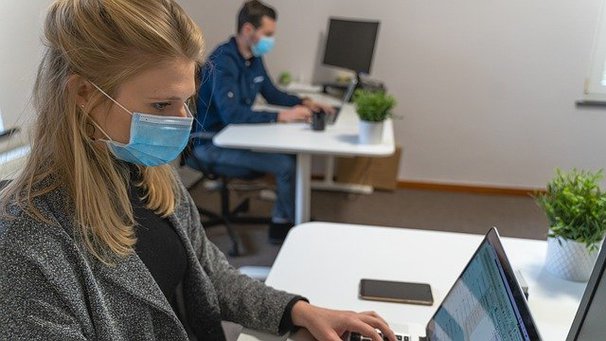With the return to business as usual for many industries in the wake of COVID-19, so too are we seeing the return of on-site visits – previously limited due to social distancing measures. Ensuring the safety of visitors to your workplace is paramount, as without proper risk assessment or preparation you could be placing those unfamiliar with your space in harm’s way. Here are some of the measures you can take to ensure visitor safety onsite.
This guide will assume your workplace is an industrial site, such as a warehouse or a factory floor – but these guidelines could – and should – be more or less applied to any kind of workplace environment. The risks involved in bringing visitors onsite simply differ.
Table of Contents
Knowing Who is Onsite
A logbook is a crucial tool for managing presence onsite. Make sure that every employee, contractor and visitor has some way to signal their presence on site – your employees and contractors may already have a sign-in system to indicate they are on-shift or onsite, but a physical visitor’s book for non-personnel will enable you to keep track of everybody in the area.
Keeping a visitor’s book is not a legal requirement, but according to the Health and Safety at Work Act, employers and occupiers of premises have a legal ‘duty of care over employees and visitors to the site in question. This means that if reasonable steps have not been taken to ensure the safety of a visitor, you may find yourself liable for any resulting injuries. A logbook is one such reasonable step, to enable complete evacuation of known bodies onsite in the event of a fire.
Creating Visitor Rules
Establishing a set of ground rules for visitors entering onto the site is an important preventative measure. You can use this time to familiarise your visitors with the purpose of the site, the risks present, and best practice for prevention of harm. For example, if your factory floor contains machines with fast moving or spinning parts, such as a lathe, you might instruct visitors to tie their hair up and keep both hands in their pockets at all times.
Providing PPE
Similarly, you may need to invest in protective equipment for dispersal to visiting personnel. For machines which produce dangerous levels of noise, you should be prepared to provide earplugs; for any form of industrial site with potential trip, slip or sharp hazards, you should purchase high-quality safety footwear; for warehouses with high shelving, hard hats to protect from falling hazards.
Controlling Access
Controlling access to areas of your premises is key for safety – there may be gangways or platforms used extensively by employees, on which visitor presence could be dangerous. Machines with moving parts should have no-go zones clearly displayed on the ground around them. Signposts should be used to denote traffic and collision hazards, particularly if your premises make use of vehicles for transport and lifting.


